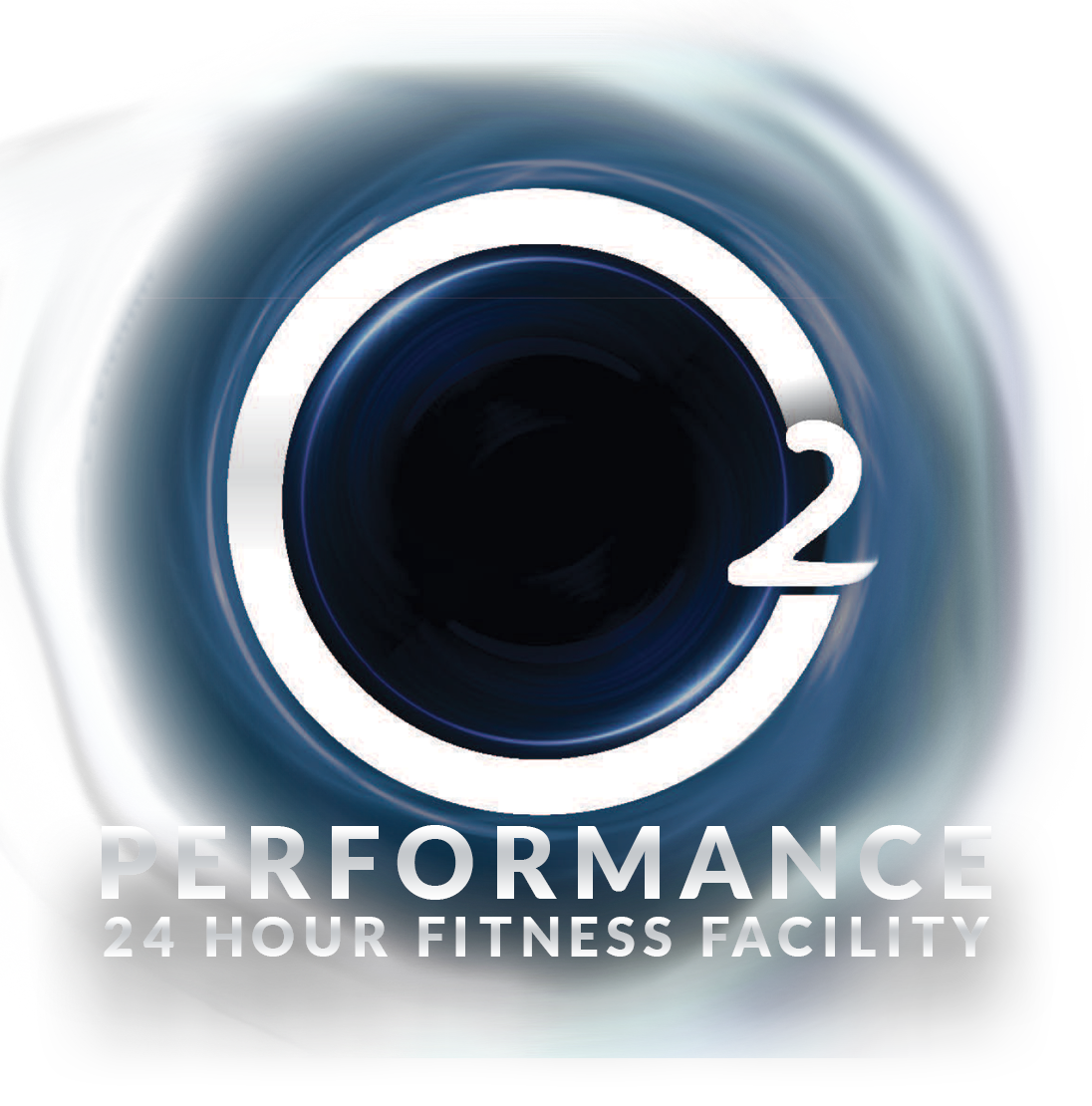Understanding Hypertrophy: the Science of Building Muscle
Hypertrophy, the increase in muscle size, is a cornerstone of strength training and bodybuilding. Whether you’re a fitness enthusiast looking to build lean muscle or an athlete seeking greater power, understanding the principles behind hypertrophy can help you achieve your goals. In this article, we’ll explore what hypertrophy is, how it works, and the key factors involved in maximising muscle growth, including progressive overload, nutrition, recovery, and common challenges.
What Is Hypertrophy?
Hypertrophy refers to the enlargement of skeletal muscle fibres in response to resistance training and other stimuli. This process occurs at the cellular level when the body repairs and rebuilds muscle fibres damaged during exercise. There are two main types of hypertrophy:
Myofibrillar Hypertrophy: Increases the density and strength of muscle fibres, contributing to greater force production.
Sarcoplasmic Hypertrophy: Focuses on an increase in the sarcoplasmic fluid around muscle fibres, leading to greater muscle size and volume.
Both forms of hypertrophy often occur simultaneously, though training variables and goals may emphasise one over the other.
Key Factors Influencing Hypertrophy
Progressive Overload Progressive overload is the cornerstone of hypertrophy training. This principle involves gradually increasing the demands on your muscles by manipulating variables such as weight, repetitions, sets, or exercise intensity. Without progressive overload, the body adapts to the existing workload, and muscle growth plateaus.
How to Apply Progressive Overload:
Increase weights incrementally.
Perform more reps or sets over time.
Incorporate advanced techniques like drop sets, rest-pause sets, or tempo manipulation.
Tradeoffs: While progressive overload is crucial for muscle growth, increasing intensity or volume too quickly can lead to overtraining or injury. Proper planning and gradual progression are essential.
Nutrition and Caloric Surplus For hypertrophy, your body requires a caloric surplus—consuming more calories than you burn. This surplus provides the energy and nutrients needed for muscle repair and growth. Protein, in particular, plays a vital role in building muscle, as it supplies the amino acids necessary for muscle tissue synthesis.
Macronutrient Guidelines:
Protein: 1.6–2.2 grams per kilogram of body weight daily.
Carbohydrates: Fuel for workouts and recovery.
Fats: Support hormonal health and energy.
Challenges: Striking a balance is critical. A caloric surplus that is too large can lead to excess fat gain, while insufficient calories can hinder muscle growth. Tracking your intake and adjusting based on progress is key.
Training Volume and Frequency Training volume (total sets and reps) and frequency (how often you train a muscle group) significantly influence hypertrophy. Studies suggest that training each muscle group 2–3 times per week is optimal for most individuals. Spreading your workload over multiple sessions ensures adequate stimulus without overloading the muscles in a single workout.
Challenges: High-volume training can be effective but requires careful monitoring to avoid overtraining. Individual recovery capacity varies, so personalizing your program is important.
Recovery and Sleep Recovery is when muscles grow. Without adequate rest, your body cannot repair the microtears in muscle fibers caused by resistance training. Sleep is especially important, as it promotes the release of growth hormone and improves overall recovery.
Aim for 7–9 hours of quality sleep per night.
Incorporate rest days and active recovery sessions.
Tradeoffs: Skimping on recovery in favour of more training may seem tempting, but it can lead to diminished results and increased risk of injury. Prioritising recovery is not a sign of weakness; it’s a necessary component of hypertrophy.
Challenges and Approaches to Hypertrophy
Consistency vs. Variety To build muscle, consistency is key, as regular training allows the body to adapt and grow. However, introducing variety through new exercises or rep schemes can prevent plateaus.
Solution: Periodize your training, alternating between phases of strength focus, hypertrophy, and endurance to keep progress steady.
Avoiding Overtraining Overtraining can result from excessive volume, intensity, or insufficient recovery. Symptoms include fatigue, decreased performance, and even loss of muscle mass.
Solution: Pay attention to biofeedback, track progress, and include deload weeks—periods of reduced intensity—to allow recovery.
Balancing Hypertrophy and Other Goals Those pursuing hypertrophy often balance competing goals, such as improving endurance, losing fat, or increasing strength. Each requires different training and nutritional strategies.
Solution: Prioritize your main goal, and structure your program to include secondary objectives in a complementary way. For instance, a hypertrophy program can incorporate light cardio or functional training without detracting from muscle growth.
The Art and Science of Hypertrophy
Hypertrophy is both a science and an art, requiring a balance of training, nutrition, and recovery. Progressive overload, a well-structured program, and a focus on recovery are non-negotiable for building muscle. However, challenges like managing a caloric surplus, avoiding overtraining, and balancing goals require thoughtful planning and adaptability.
By understanding the principles of hypertrophy and tailoring your approach to your unique needs, you can unlock your full potential for muscle growth. Remember, patience and consistency are your allies in this process. Building muscle is a long-term journey, but the rewards in strength, health, and confidence are well worth the effort.

